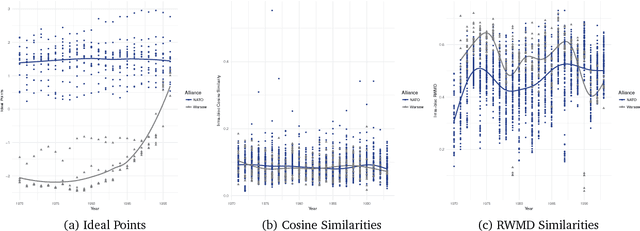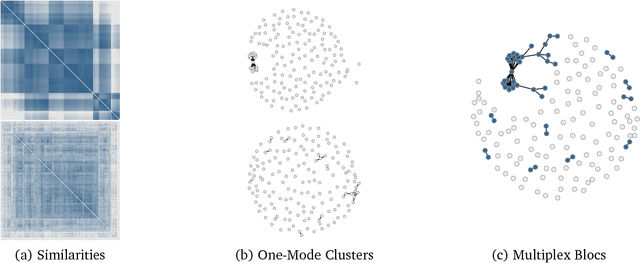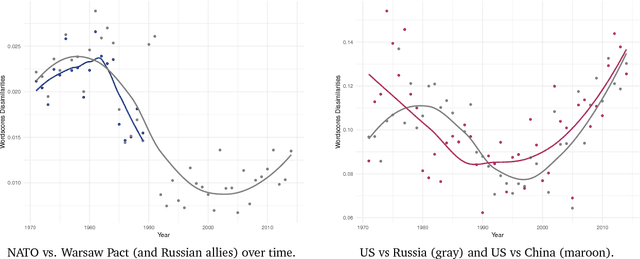Caleb Pomeroy
Multiplex Communities and the Emergence of International Conflict
Jun 02, 2018



Abstract:Recent advances in community detection reveal new insights into multiplex, time-dependent, and heterogeneously structured networks. Less work, however, empirically investigates the relationship between membership in these communities and observable outcomes in social systems. We investigate this question in the domain of politics with an application to a crucial outcome of scholarly interest: the onset of violent conflict in the international system. We differentiate between stronger signals of observed relations and weaker signals of affinity and perform multilayer community detection to locate dense multiplex blocs of countries. Although it is often assumed that detected communities are associated with cooperative outcomes, we find evidence that membership in these communities can also be a significant predictor of conflict. The results point to the need to devote more empirical attention to the relationship between different tie types and observed network outcomes in community detection research.
Disunited Nations? A Multiplex Network Approach to Detecting Preference Affinity Blocs using Texts and Votes
Feb 01, 2018



Abstract:This paper contributes to an emerging literature that models votes and text in tandem to better understand polarization of expressed preferences. It introduces a new approach to estimate preference polarization in multidimensional settings, such as international relations, based on developments in the natural language processing and network science literatures -- namely word embeddings, which retain valuable syntactical qualities of human language, and community detection in multilayer networks, which locates densely connected actors across multiple, complex networks. We find that the employment of these tools in tandem helps to better estimate states' foreign policy preferences expressed in UN votes and speeches beyond that permitted by votes alone. The utility of these located affinity blocs is demonstrated through an application to conflict onset in International Relations, though these tools will be of interest to all scholars faced with the measurement of preferences and polarization in multidimensional settings.
 Add to Chrome
Add to Chrome Add to Firefox
Add to Firefox Add to Edge
Add to Edge